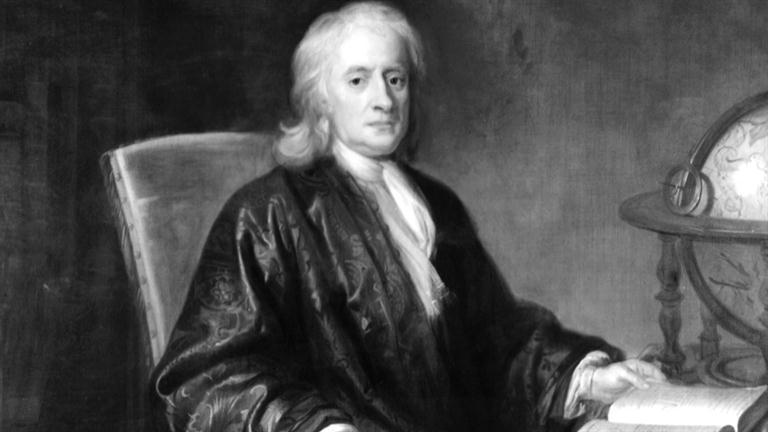
The idea of a “philosopher’s stone” has been around for a long time — and has been pursued by more than simply fictional characters. Serious scientists joined the ranks of countless alchemists who over the ages tried to make a philosopher’s stone. It was believed to have to the power to turn base materials like mercury, lead, iron and copper into precious metals like silver and gold — the source of infinite riches. Some went even farther and believed that it could be used as an elixir of life, rejuvenating whoever owned it and ensuring immortality.
A recently rediscovered 17th century manuscript written by Sir Isaac Newton, best known for his pioneering works in the fields of mathematics and physics, shows that he might also have been trying to make a philosopher’s stone.
The document, which was written in Latin, was sold by Newton’s descendants to collectors in 1936 but was recently made public for the first time by its new owner, the American Chemical Heritage Foundation (CHF). The title is a mouthful: “Preparation of the Stone by the Antimonial Stellate Regulus of Mars and Luna from the Manuscripts of the American Philosopher.” It basically contains a recipe for “philosophic mercury” (sometimes shortened to “sophick” mercury), which was thought to be one of the ingredients necessary to make a philosopher’s stone.
“Philosophic mercury was a substance that could be used to break down metals into their constituent parts,” explains James Voelkel, the CHF’s curator of rare books. “The idea is if you break the metals down, you can then reassemble them and make different metals. The process was part of the effort to make the philosopher’s stone, a mythical substance that alchemists believed could turn lead into gold.”
The recipe was not invented by Newton but copied by hand from someone else’s manuscripts. The original author was a well-known alchemist who went by the pen name Eirenaeus Philalethes. We now know this was the pseudonym created by the Harvard-educated chemist George Starkey, who was one of the United States’ first published scientists. He moved to England in 1650 and worked with some of the most eminent chemists of the time, including Robert Boyle, a pioneer of modern chemistry and the experimental scientific method.
Now that the document has been made public, it will be added to “The chymistry of Isaac Newton” project, an online repository curated by Indiana University that can be studied by anyone. (And that’s not a spelling error, by the way; that’s how the word “chemistry” used to be spelled in Newton’s day.)
“We’ve already imaged it, so the images and the transcription will and it’ll become a known alchemical document,” he says. “The collection is gigantic … the estimate of Newton’s alchemical output is something like a million words in his own hand. This is just another little page in a corpus of hundreds and hundreds of documents.”
by Michael Graham
Be the first to post a message!